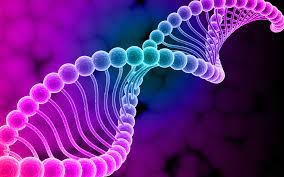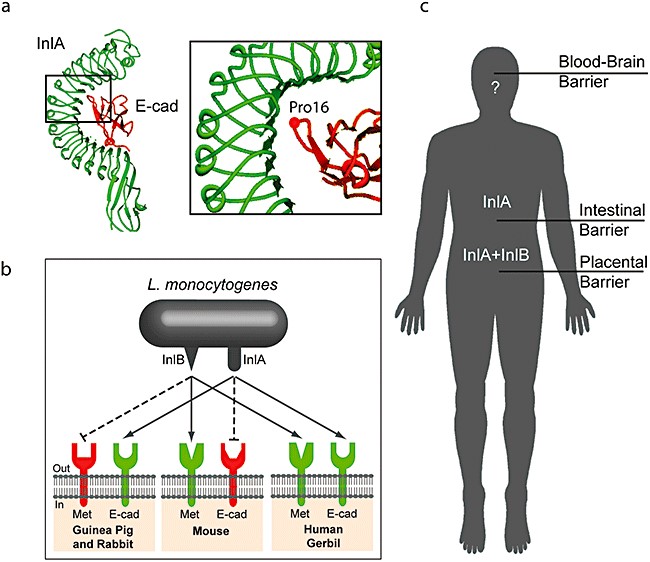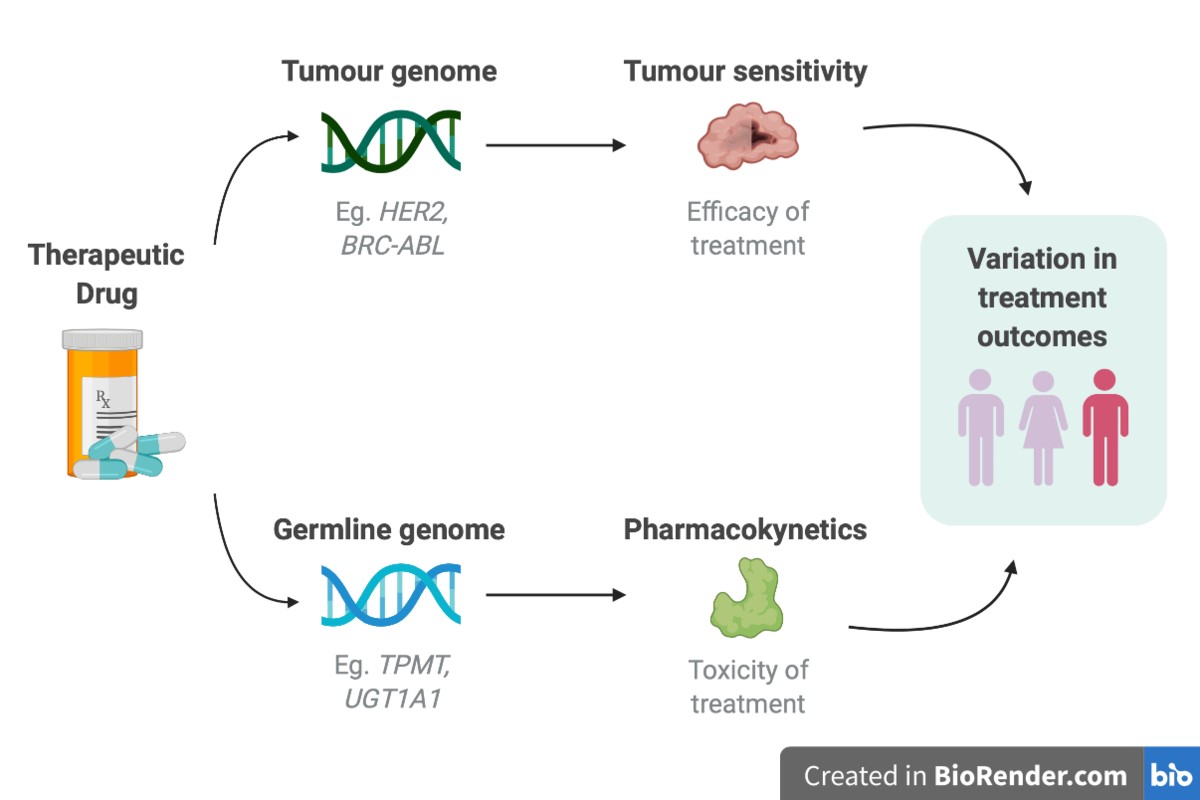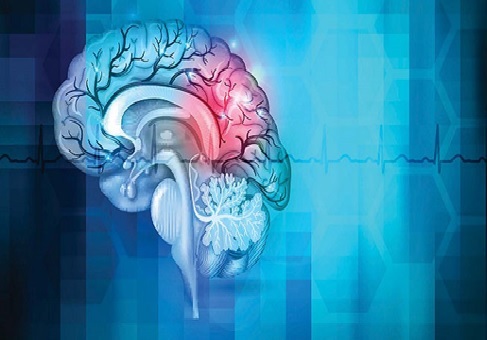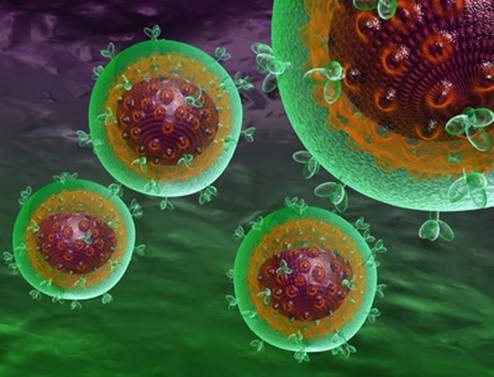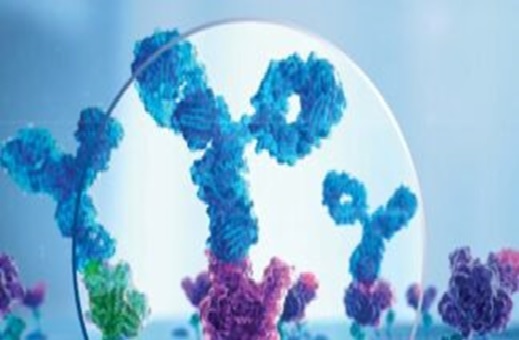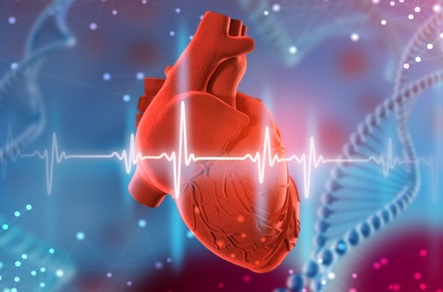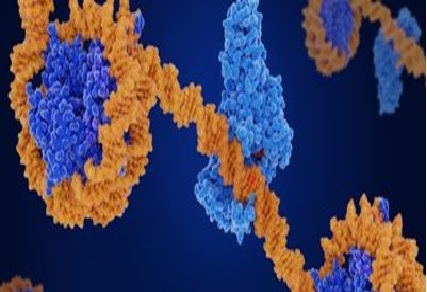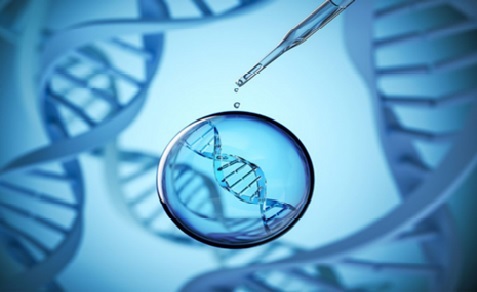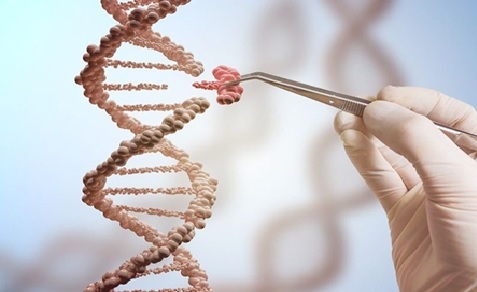Researchers Have Overcome a Hurdle to Stem Cell Delivery, Paving the Possibility for Regenerative Medicine
Recent study published in Nano Letters has introduced a novel method for delivering particles into stem cells, which are known for their resistance to penetration. This breakthrough discovery offers a solution to the challenge of effectively targeting and enhancing processes in stem cells for regenerative medicine applications. The new method will facilitate the directed delivery of particles, thereby improving the efficiency and effectiveness of regenerative medicine techniques.
Regenerative medicine harnesses the transformative capabilities of our body's stem cells, which can differentiate into various cell types necessary for the regeneration of tissues and organs. This field of medicine recognizes the potential of stem cells to develop into crucial cell types like heart cells or nerve cells. By leveraging this inherent ability, regenerative medicine aims to promote tissue and organ regeneration, offering potential solutions for a wide range of medical conditions and injuries.

Figure .1 Researchers Have Overcome a Hurdle to Stem Cell Delivery, Paving the Possibility for Regenerative Medicine
Figure 1 shows Regenerative medicine holds great promise in treating various diseases by harnessing the potential of stem cell development. Each type of cell possesses distinct properties and functions, and regenerative medicine aims to utilize this potential to provide highly effective treatments. By directing stem cells to differentiate into specific cell types, regenerative medicine offers innovative and promising approaches to address a wide range of diseases and medical conditions. This field holds significant potential for advancing healthcare and improving patient outcomes.
Researchers have developed a method to overcome the protective barrier of stem cells, allowing for more efficient delivery of genetic information and control over cell differentiation. This breakthrough, demonstrated using rat stem cells, could enhance the effectiveness of stem cell therapy by improving the precision of cell transformation. The new method has the potential to reduce cell wastage and the overall number of cells required for regenerating or repairing damaged tissues and organs.
Scaffolding alternatives
Dr. Xiaowei Wen explains the importance of the new technology in utilizing the unique properties of stem cells for regeneration. Due to the decline in stem cell count with age, implanting them into the body becomes necessary to harness their regenerative potential. However, the introduced stem cells often die within a week while taking around four weeks to differentiate into other cell types.
To address this challenge, the researchers grow stem cells outside the body and use nanoparticles to deliver specific genetic information to induce the desired cell transformation. This new method allows for precise control over cell differentiation. Once the stem cells have differentiated into the target cell type, they are implanted into the damaged tissue to aid in its restoration. In a previous study, the team identified a bottleneck in delivering nanoparticles to stem cells, where they became trapped in vesicles. However, the exact cause of this trapping was unclear.
Discovering through destruction
Although the revelation that coated nanoparticles can pass more easily into stem cells has helped to alleviate the delivery challenge, the fundamental question of why stem cells are so difficult to access remains unanswered. As a result, the researchers examined the barrier that surrounded the stem cells, known as the cell membrane, to see what qualities gave them such distinct properties. They obtained stem cell samples from six rats and used a sonicator, which is similar to a small pneumatic drill, to break up the cells before measuring the amount of damage. They discovered that stem cell membranes are more difficult to rupture than other cell types into which genetic information can be transferred.[1]
"When sonicated, stem cell membranes appeared more robust than other cell types." The preliminary findings of the study also reveal that stem cells have more cholesterol in their cell membranes," Dr. Ruan explains. “The extra cholesterol stiffens the membrane, mimicking the problems caused by cholesterol in our blood vessels." This could explain why nanoparticles are so difficult to get through the membrane of stem cells, though additional research is needed to confirm this." Although the findings are preliminary, they will contribute in the development of stem cell delivery employing coated nanoparticles and the optimisation of future regenerative therapies.[1]
References:
- https://phys.org/news/2023-05-stem-cell-delivery-barrier-paving.html
Cite this article:
Janani R (2023),Researchers Have Overcome a Hurdle to Stem Cell Delivery, Paving the Possibility for Regenerative Medicine, AnaTechMaz, pp.170


